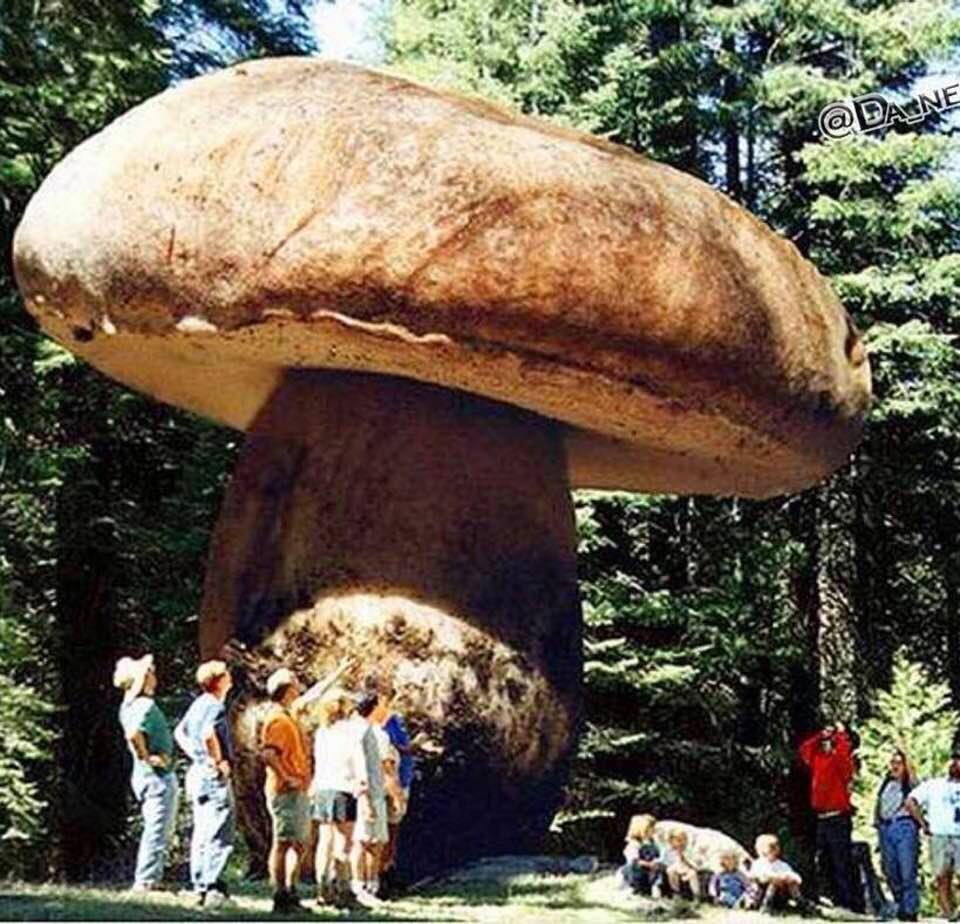There s a giant mushroom in oregon s malheur national forest with a root system that covers over 2 200 acres making it the largest living organism in the world

There’s a giant mushroom in Oregon’s Malheur National Forest with a root system that covers over 2,200 acres, making it the largest living organism in the world.

In the vast expanse of Oregon’s Malheur National Forest, a remarkable sight awaits. Buried beneath the earth, hidden from our immediate view, lies the largest living organism on the planet—a colossal mushroom with a root system that sprawls across an astonishing 2,200 acres. This incredible organism, known as Armillaria ostoyae or the “honey mushroom,” captivates researchers, nature enthusiasts, and curious minds alike.
Scientists believe that this giant honey mushroom first took root thousands of years ago, possibly as far back as the last Ice Age. With time, it has quietly grown into a behemoth, spanning an area equivalent to over 1,600 soccer fields. The sheer size of this fungus is difficult to comprehend—a living entity stretching far beyond the boundaries of our imagination.

The honey mushroom derives its name from the sweet honey-like aroma it emits. Despite its deceptive pleasant fragrance, this organism possesses a relentless and cunning nature. It thrives by parasitically attacking and colonizing the vast network of tree roots that lie beneath the forest floor. As it spreads its mycelium—a filamentous network of cells—this resilient fungus subtly takes over the forest, fusing thousands of individual organisms into one interconnected superorganism.
While its massive size is awe-inspiring, the ecological impact of the honey mushroom is a topic of fascination. This colossal organism can bring about both regeneration and devastation. Its root system, the largest of any known living organism, helps maintain a delicate balance within the forest ecosystem. By decomposing organic material and recycling nutrients, it nourishes the forest floor, enabling new life to emerge. In this regard, it plays a vital role as nature’s recycling agent.
However, the honey mushroom’s parasitic nature can also have adverse effects. By attacking the roots of healthy trees, it weakens their structural integrity, making them more susceptible to wind damage and disease. Moreover, it competes fiercely with the forest’s native species for resources, potentially impacting the biodiversity of the area.
The discovery of this colossal fungus took place through a combination of scientific analysis and aerial surveys. By studying the interconnected patterns of dying trees over vast areas, researchers were able to map the extensive extent of the honey mushroom’s root system. Its sheer magnitude left scientists astounded and prompted renewed wonder at the miraculous world hidden beneath our feet.
The Malheur National Forest’s colossal honey mushroom is an incredible testament to the power and resilience of the natural world. It serves as a reminder of the intricacies and interconnectedness of ecosystems, and the mysteries that continue to unfold within them. As nature’s unrivaled champion of vitality and adaptability, this colossal fungus continues to awe and inspire all who encounter its remarkable presence.
Source: The Independent
Tags
Share
Related Posts
Quick Links
Legal Stuff

